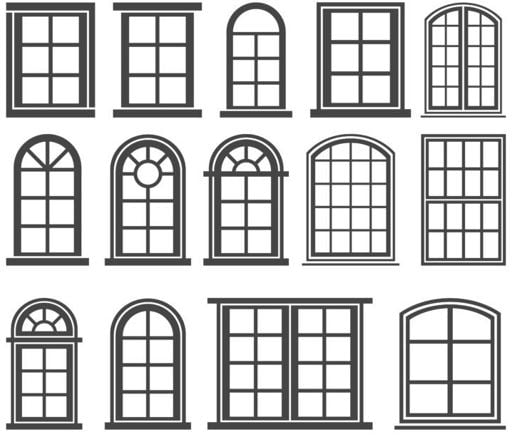Without a doubt, no house is ever complete without windows. Not only they make for an integral part of a home’s décor, they are also crucial for letting in natural light, seeing the view of the neighborhood, and keeping bugs and dust out of your house.

When it comes to installing a window, most people prefer getting services for windows installation in Edmonton. However, if you have got some skills and are fond of doing DIY products, you can do it on your own as well. Wondering how? Follow these steps and you will be able to install windows at home:
Installing a New Window
Step 1- Rough Opening
Prepare a rough opening for the window. For this, you will have to drive nails from inside the house. It is for marking the corners of the windows. After that, you should outline the opening from outside the house.
Step 2- Cut the Siding
The next step is to use a power saw to cut the sheathing and siding. To make sure the opening is of the right size, place the window to check it. If need be, continue trimming the siding.
Step 3- Placing the Window
Once you have cut the siding, place the window in the opening. An important thing to keep in mind is that the opening should be a little wider than the window. It is always better to check the manufacturer’s guidelines.
Step 4- Add Moisture Seal
Don’t forget to place moisture seal in the siding. You will need 8-inch-wide strips of the seal. Once you have it in place, slit the corners diagonally and fold them.
Step 5- Placing Spacers
Now, there is just one thing left to do before you can install the window. And that is placing 1/2-inch spacers. It must be at the bottom of the opening and 1/2-inch away from the sides. You can secure them into place using nails or dabs of silicone.
Step 6- Installing the Window
For mounting the window, you will have to be outside the house. Place the window on the spacers and push the top of the window into the opening. The drain holes must be at the bottom. Make sure you are placing the right side.
After you have placed the window, insert a nail in the upper corners of the trim. Before completing driving the nail, ensure the level is right. Check the level of the window from the inside.
Then, put in shims on the sides and at the midpoint of the bottom and top of the window. Check whether or not the window is operational. If the window is working properly, secure it using nails. Look at the manufacturer’s instruction for information regarding flashing and sealant.
Replacing an Old Window
Step 1: Get Rid of Window Jamb and Trim
The first thing you should do is remove the window trim and casing. You will need a pry bar to eradicate the trim and jamb extension.
Step 2: Remove Old Window
The next thing you must do is remove the window. For this, you will have to unscrew the window from the jamb. If you have multiple window sashes, you must remove it one by one.
Step 3: Prepare the Window Opening
Once you have removed the window, you must check the condition of the structure. In case, there is structural damage, you will have to repair it first. Another thing you need to consider is the size of the rough opening. Make sure the opening will accommodate your window.
A good rule of thumb is that the opening should be at least 1/4” larger than the exterior of the window.
Step 4: Check the Window Stop
Next, you have to check the window stop. It is uncommon that the stop will still be in a reusable condition. If the stop is damaged, you need to repair it. It will be better if you replace it.
Step 5: Installing the Window
Before mounting the window, do a dry fit. In case there any problems, handle them before installing the windows. After that, you must install the window. Install the window just like mentioned in the above steps.
All in all, you must be extremely careful when installing the window yourself. Even a slight mistake can cost you an arm and a leg. That is why it is better to do it yourself only if you have comprehensive knowledge about installing windows. If the window is not installed properly, it can damage your house, furniture, TV or any other item within its range and negatively impact the appearance of your house.

